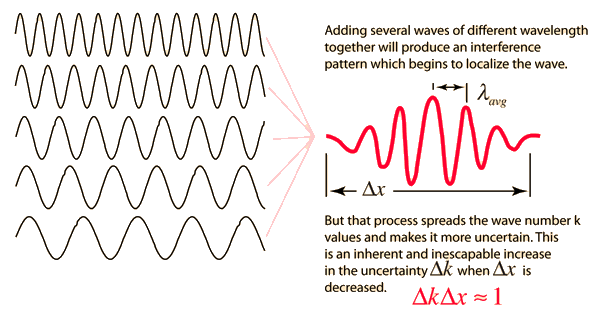Can we take an hologram of an atom? At least in principle , we should be able to do it because the wavelength of light can get as small as we wish. According to theoretical physics, the smallest wavelength of light possible is the so called Planck Length, which is incredibly small indeed. When we shine an atom with light of extremely small wavelength, it will be just like shining the usual, macroscopic object with light of large wavelength. So taking an hologram of an atom is, at least, theoretically possible.
Next question is: is it possible to holographically store the information pertaining to the charge of the object that is being 'photographed'? Does an hologram only record the shape of the object (and perhaps color) or can it also record the charge of the object? The answer, in our universe, is 'yes' because protons, the carries of positive charge, are far heavier than the electrons. So light bouncing off a proton is of shorter wavelength (higher momentum) than the light bouncing off an electron (an object bounces off an heavier object faster than it does, off a lighter object).
Now our hologram will reproduce shape, colour and charge, particle per particle. At this point, it is nolonger just an image of the object. It is now a complete, possible recreation of the object! With some more skills, this can be done. In recreating an hologram, we create a soliton on the other end by summing up several waves of varying phase angles. This creats a series of constructive interferences at places where the object is there and a destructive interference where there is no object. If you know some quantum mechanics, this rings a bell. Such is how we explain the appearance of 'discrete particles' from waves. The following picture illustrates this:

Then notice how an hologram is reconstructed by letting waves interfere constructively at a point:
Then you see that the reconstructed image is actually an 'atom by atom' recreation of the original object albeit by using photons rather than the usual atoms. But we also know that when light of appropriate wavelength hit a nuclear, it can produce pairs of matter and untimatter. This phenomenon is called 'pair production'. So the next task will be to use 'gamma ray lasser' to reconstruct the image in such a way as to recreate charged particles in wherever there was charged particles in the object, thus reproducing the object itself, not a mere image! The gamma rays will also ensure that we take the picture of the interior of the object as well.
The question now is: 'can we, this way, recreate a conscious entity if we take an hologram of the brain'?. As you can see, there is no reason not yo think that this is possible! But having thought this way, you now need to turn attention to how nature itself might have done it already and overtaken us, (as usual). We have come to know, for instance, that the cells constantly emits photons. Might it be, by means of 'pair production' and 'interference patterns' trying to construct a copy of itself right next to it (take note that we don't need the whole hologram apparatus if the image we want is 'just adjacent' to the object since the light is yet to spread). Might this reproduced cells be the 'soul' or 'light body'?



Comments
Another feature is that you can take many holograms on the same piece provided you change the angle at which you beam on it. This is like interlaced realities.
I will latter explain it in details and much more clearly.
I took a mysterious picture of myself 5 years ago.
The picture shows another person like myself behind me.
In other words, it looks like there are two of me in the picture.
I have been wondering about the painting for a long time.
"The photo may be a hologram," I read your post and thought so.
I still don't know what it is.
I am not familiar with quantum mechanics.